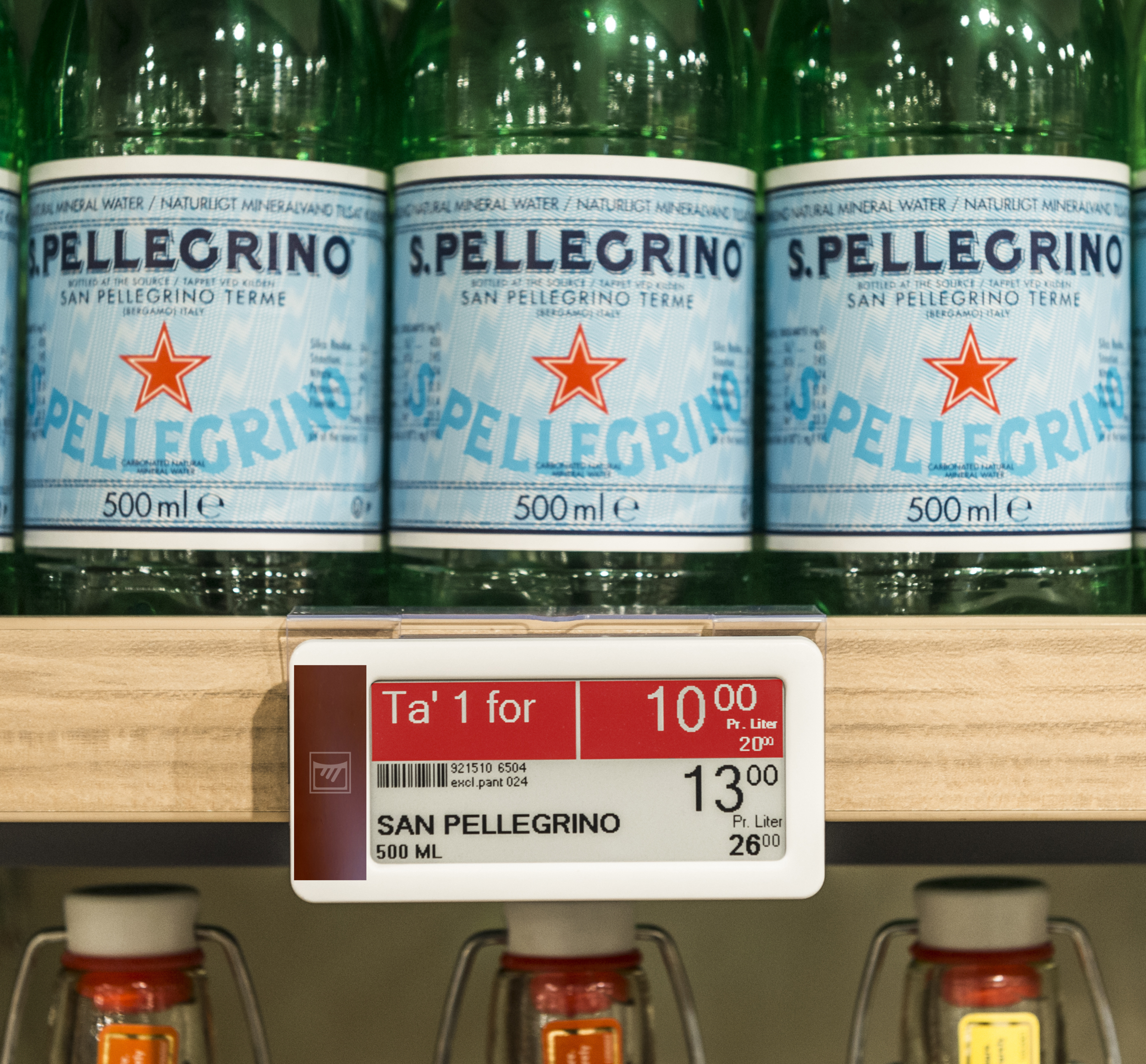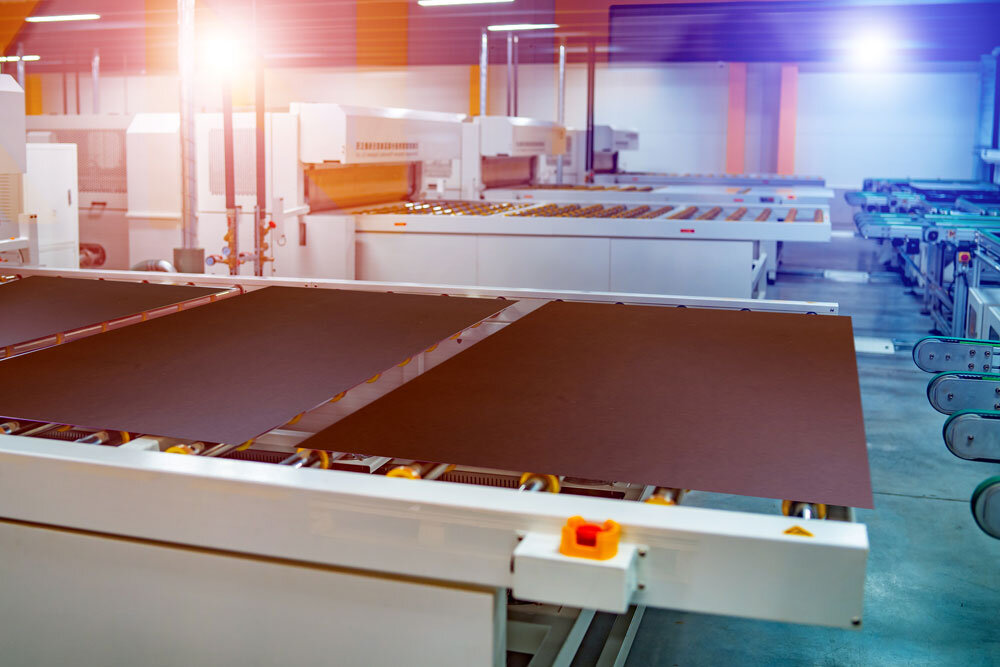New Santa Cruz Startup: Ambient Photonics
Note: Bates is not able to attend the Green Tech event on February 19. He will however present on March 4. Stay tuned for details.
Interview with Bates Marshall, CEO of Ambient Photonics / 29JAN2020
SCW: You were born and raised in Santa Cruz?
Bates: I was born in Oakland, moved to Santa Cruz when I was 6 years old when my mom was offered a job teaching French at Cabrillo College, where she continues to work today.
SCW: High school, college?
Bates: I graduated from Santa Cruz High School, then to UC Santa Barbara to get my degree in computer science. I found that Santa Barbara was a great city if you were either a dirt-poor student riding your bike, or if you were one of the retired wealthy. Not many career opportunities. I worked for a decade in semiconductor manufacturing and worked with clients all over the world but especially in Asia. I moved back to Santa Cruz in 2001. Since 2005 I have been involved in the solar photovoltaic industry, working with many famous and infamous companies.
SCW: Why did you return to Santa Cruz?
Bates: Santa Cruz is my home. I realized that I could have my career in the Silicon Valley, and keep my quality of life in Santa Cruz - the beach, the mountains. And much has changed for tech professionals. You can work remotely, you can have a global technology career and still live in Santa Cruz. Remarkably, the great quality of life and community has not changed much in Santa Cruz.
SCW: You are setting up your business in Santa Cruz?
Bates: Our pilot production facility will be here in Santa Cruz. We love the civic spirit that is boosting this community. We prefer to create a tax base here for Santa Cruz, not over the Hill.
SCW: Your company is essentially a hardware company. How does funding impact you?
Bates: As you know, manufacturing has been moving out of the US for some time now. Since we’re not cloud or AI or social we have to work a bit harder to find the right investor match who can appreciate our breakthroughs and disruptive technology.
SCW: How does your product compare to similar products?
We have developed a world leading solution to harvest energy from low levels of ambient light found indoors. There hasn’t been much innovation in our space since the early days of solar calculators in the late 70’s. But with IoT and smart home trends bringing tech even more into our everyday lives, the device companies are looking hard for self-powered or battery-free solutions. Our indoor PV cells have more than three times the power density compared to traditional indoor amorphous silicon cells at a competitive price.
SCW: What does the manufacturing process look like?
One of the most innovative things about our technology and one that makes it feasible to manufacture in California is the production process. Unlike conventional silicon solar, our manufacturing process has a very low capital intensity. And thanks to our DNA as a spin-off of the Warner Babcock Institute for Green Chemistry in Boston, all of our input materials are non-toxic and our products are designed from the ground up to eliminate the use of polluting chemicals. As a result of this Green Chemistry approach, our products are more resource efficient and have a much lower impact to the environment from cradle to grave. We think it’s a great fit for the values of Santa Cruz.
SCW: Will you be hiring?
Bates: Yes, in the very near future. We will be sure to update Santa Cruz Works readers as soon as possible.
Indoor Light Harvesting Photovoltaic Cells - Endless Power for IoT Devices by Bates Marshall
The ubiquitous presence of technology in our lives has grown far beyond the ever-present smartphone. A view into the average US home now finds applications such as video doorbells, door and window alarms, and smart smoke detectors increasingly common. In commercial and industrial environments, wireless electronic sensors measure temperature and humidity, check for occupancy in office cubicles and conference rooms, and collect the rich data sets required for advanced Big Data analytics. The growth in these applications is staggering: according to IHS Markit, over 125 billion IoT devices will be online by 2025.
These applications and many more are all part of the vast Internet of Things (IoT) megatrend. At their core IoT applications combine three vital functions: computational power, sensing of the environment, and communications. As the cost and power consumption of these core functions has fallen, more and more IoT applications have become economically viable, driving up production volumes and further fueling growth. Long hyped as the next big thing, IoT has now developed into a large and maturing market.
Much investor attention over the last few years has been paid to core IoT foundational technologies including processors and microcontrollers, communications, and AI, cloud, and other software. Innovative IoT startups funded by prescient investors now abound, exploiting market opportunities overlooked or underprioritized by industry giants.
But despite all the investor activity and market growth, there remains a fundamental challenge constraining IoT growth. How to continually power all these sensors and other devices that are beyond the reach of the energy grid? The nearly ubiquitous use of batteries as a power source gives the impression that this challenge has been solved, but in fact the problem has only gotten worse.
As deployment of battery-based IoT devices grow, so does the inconvenience and expense of replacing those batteries. Companies are thinking twice a.bout large scale deployments of IoT application of all kinds when faced with the impossibly high operating expenses of continual battery exchange.
The environmental harm of battery-based IoT devices also shouldn’t be overlooked. Growth in emerging applications such as electronic shelf labels is hamstrung by retailer concerns about disposal of millions of coin cell batteries per year.
The “IoT battery problem” is a true unmet need in the market.
Example of how these PV cells can be used in stores. A greener way vs. using disposable batteries.
This is the market opportunity that Ambient Photonics is exploiting with its low light energy harvesting photovoltaic (PV) cells. The company, a spin-off of the Boston-area Warner Babcock Institute for Green Chemistry, is commercializing a breakthrough PV cell specifically designed for indoor, low light applications. The company’s technology has generated considerable industry buzz and investor attention with its best in class power density – performance validated by the leading European indoor solar research lab as three times greater than conventional silicon cells. Ambient Photonics cells are cut to specific customer requirements with advanced laser technology and packaged with an energy harvesting circuit for easy integration into customer designs.
Tired of waking to an alarm chirp in the middle of the night? PV cells have a 10-year life.
Combined with a cost structure competitive with silicon solar and a “Green Chemistry” pedigree of non-toxicity and environmental stewardship, the company is already working to help their customers reduce the cost of ownership of their IoT deployments while simultaneously furthering their sustainability goals.
Attracting interest from smart home companies, PC peripheral suppliers, industrial sensor manufacturers, and many other sectors, the company is planting its flag in Santa Cruz with the aim of establishing a pilot manufacturing line in 2021 close to its Silicon Valley customers.
With indoor PV cells powering the way, IoT and electronics manufacturers focus on larger scale deployments – free from the environmental headaches and high operating costs of conventional battery-based approaches.
Sign up for updates on Ambient Photonics at the company’s web site at www.ambientphotonics.com.





